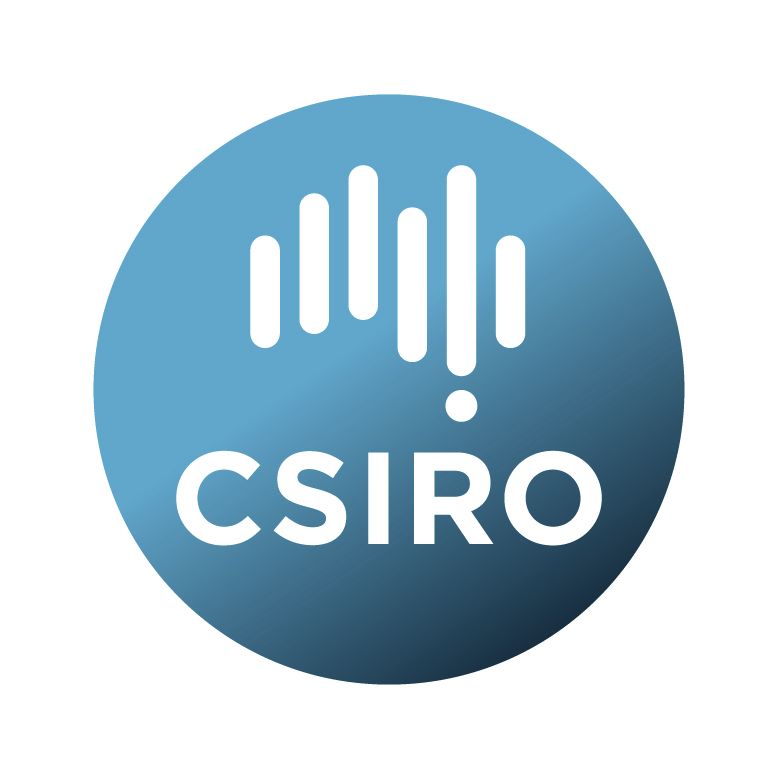Brief description
This spatial data represents outputs from the Pacific Blue Carbon project for Papua New Guinea (PNG). Here we map Blue Carbon Ecosystems (BCE) for PNG using Earth observation data for 2020. This research project aimed to evaluate Living Earth for obtaining consistent and quantified information on blue carbon ecosystem states and dynamics. The objectives focused on evaluating a) the transferability of the existing infrastructure to other big data platforms and to a new geography or ecosystem of interest, namely the tropical coastal environments of Papua New Guinea, and b) the translatability of algorithms for extracting environmental descriptors from EO data between countries and regions and constructing comparable classifications of and uncertainty metrics associated with the mapped land covers and changes. For all coastal regions of Papua New Guinea, and using the CSIRO EASI ASIA ODC instance, classifications and linked descriptions of land cover were successfully generated, with these including BCEs and some terrestrial land covers.Lineage: The output product is a GeoTIFF file containing five bands, where Band 1 represents the vegetated/non-vegetated layer, Band 2 represents the terrestrial/aquatic layer, Band 3 the FAO LCCS Level 3 output, Band 4 the FAO LCCS Level 3 with Level 4 woody/non-woody output, and Band 5; a merged layer showing BCEs and relevant FAO LCCS Level 3 and Level 4 land covers. The relevant value codes for each band are provided below. This analysis was completed as an annual snapshot for 2020.
Band 1 values
100: vegetated
200: non-vegetated
Band 2 values
10: terrestrial
20: aquatic
Band 3 values
112: natural terrestrial vegetation
124: natural aquatic vegetation
200: unvegetated
215: artificial surfaces
216: natural bare surfaces
220: waterbodies
Band 4
1121: natural terrestrial woody vegetation
1122: natural terrestrial herbaceous vegetation
1241: natural aquatic woody vegetation
1242: natural aquatic herbaceous vegetation
2000: unvegetated
2150: artificial surfaces
2160: natural bare surfaces
2200: waterbodies
Band 5
1: mangrove
2: lowland peat swamp forest
3: saltmarsh
1121: natural terrestrial woody vegetation
1122: natural terrestrial herbaceous vegetation
1241: natural aquatic woody vegetation
1242: natural aquatic herbaceous vegetation
2000: unvegetated
2150: artificial surfaces
2160: natural bare surfaces
2200: waterbodies
All code used to generate these outputs are publicly available
Owers, C.J., Clewley, D., Planque, C., Burke, A., Paget, M. (2024). livingearth-system/livingearth_png: Pacific Blue Carbon Project Version (2024) (v1.0.0). Zenodo. https://doi.org/10.5281/zenodo.14049282
Available: 2025-09-09
Data time period: 2020-01-01 to 2020-12-31
Subjects
CSIRO EASI ASIA |
Cartography and Digital Mapping |
Earth Sciences |
Engineering |
Earth and Space Science Informatics |
Earth observation |
Geoinformatics |
Geomatic Engineering |
PNG |
landcover, LivingEarth, FAO LCCS, conservation, nationally determined contributions |
User Contributed Tags
Login to tag this record with meaningful keywords to make it easier to discover
Identifiers
- DOI : 10.25919/AB26-EG32

- Handle : 102.100.100/709118

- URL : data.csiro.au/collection/csiro:65849



